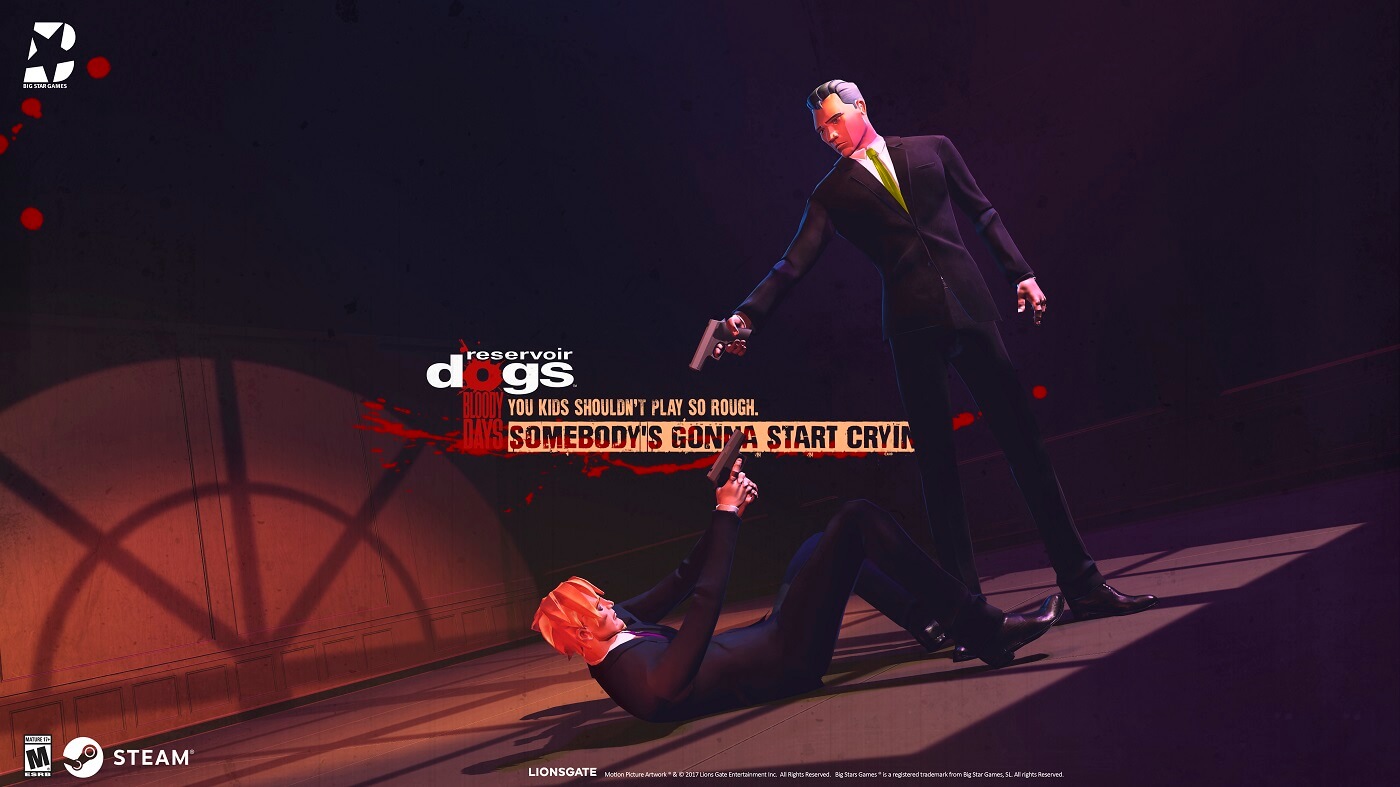Reservoir Dogs is known more for its tense storyline than its action sequences. But that isn’t stopping yet another developer from trying to make a shooter out of it.
Director Quentin Tarantino’s 1992 classic is getting its second video game adaptation (Eidos Interactive made one for PlayStation 2 over 10 years ago). This time, it’s coming from Hollywood studio Lionsgate and Barcelona, Spain-based Big Games. Unveiled at last week’s Game Developers Conference in San Francisco, Reservoir Dogs: Bloody Days is a top-down shooter with an intriguing twist: It forces you to rewind time as you try to complete various heists around Los Angeles. It’s coming to PC this spring and Xbox One later this year.

Unlock premium content and VIP community perks with GB M A X!
Join now to enjoy our free and premium membership perks.
![]()

![]()